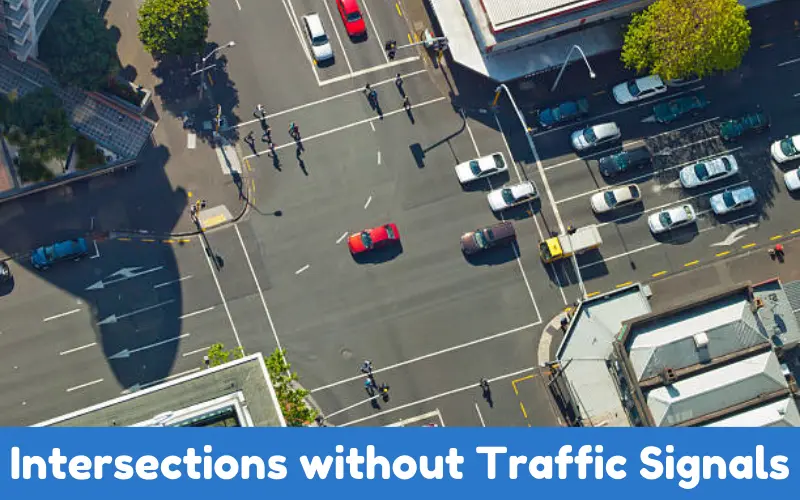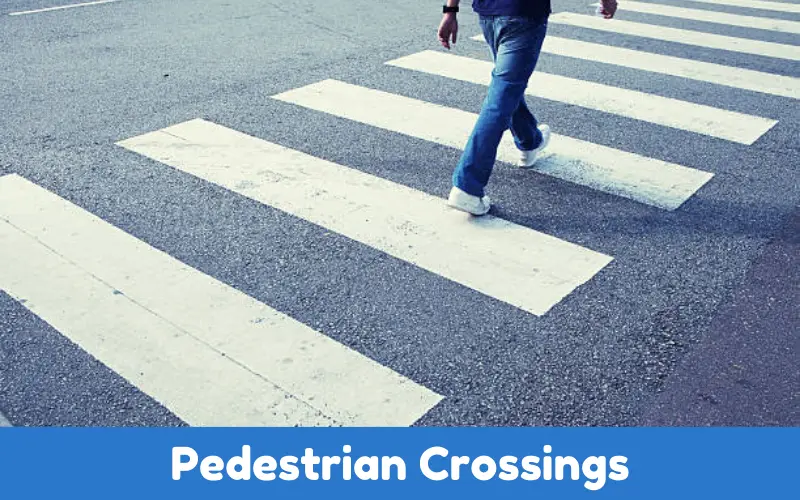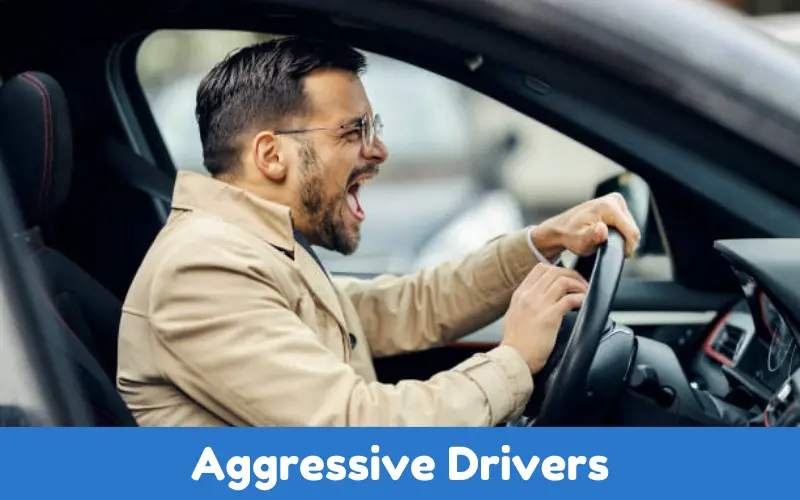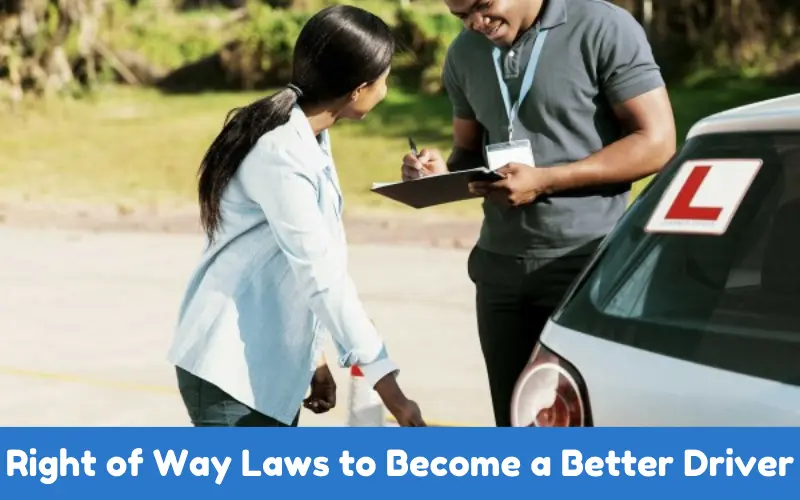If you’re behind the wheel, it’s your responsibility to know the rules of the road. No aspect of this knowledge is more important than the right of way.
Whether at a junction, a roundabout, or a pedestrian crossing, knowing whose turn it is to go first can make the difference between life and death.
Who gets the right of way? You? The other guy? This guide will teach you all there is to know more about right of way laws.
Article Summary
What is the Right of Way?
The so called ‘right of way’ is the legal right of some driver or pedestrian in some driving situations (such as with a stop sign) to be the first to proceed.
This does not empower you to demand that you have the right of way, but it does compel you to go, and it provides a rule of the road that helps counteract confusion about who has the right of way.
It also counteracts road rage and accident risk. Who should go first? One of the criteria useful in promoting such decisions is the right of way.
Also, remember that right of way does not mean the right to proceed. Even if it is your turn, doing so would cause an accident.
Often, it is smart to yield, even though you have the right of way. Knowing right of way laws will make you a more careful and considerate driver.
Common Right of Way Situations
Below is an instruction that describes a task, paired with an input that provides further context. Write a response that appropriately completes the request.
Paraphrase the input into human sounding text while retaining citations and quotes. A few common driving scenarios in which right of way laws are relevant include:
1. Intersections without Traffic Signals
At unregulated crossroads crossings without stop signs or traffic lights the right of way usually goes to the car that arrived first.

If two cars arrive simultaneously, the one to the right usually has the right away (although patience usually helps, and making eye contact with the other driver can avoid confusion).
2. Four-Way Stop Signs
At a four way stop intersection, whoever shows up is allowed to go first. If people get there at the same time, the one who’s on the right should go first.
This empirical precedent keeps traffic moving and prevents accidents. If you don’t know what to do, it’s better to let other drivers go first just in case they have the right of way.
3. Turning Left at Intersections
When making a left turn across an intersection, you must yield the right of way to all vehicles coming from the opposite direction that is moving straight through the intersection.
Unless you have a green arrow (or similar signal) that indicates you have the right of way, you must yield the right of way to oncoming traffic moving straight through an intersection.
4. Pedestrian Crossings
At crosswalks or intersections with or without a stop sign, a pedestrian has the right of way. A motorist is obliged by law to yield to a pedestrian legally attempting to cross the road.

Nearby schools and residential areas where children may cross the road are also subject to this caution.
5. Roundabouts
The cars already driving in the roundabout have the right of way. This means that a driver (such as the poor cyclist on the right below) entering the great circle must yield to a driver already in the circle.
Because of their design to keep traffic moving without stopping, roundabouts flow best if the rule above is followed.
Yielding: When You Should Give Up the Right of Way
Sometimes, you have the right of way, even if it isn’t safe.

- Emergency Vehicles: When an emergency vehicle, such as an ambulance, fire truck, or police vehicle, has its siren or lights activated, you should ALWAYS pull over and let it pass.
- Aggressive Drivers: From my perspective, if another driver blatantly fails to give the right of way when they should, let them pass. Because aggressive driving is not fruitful.
- Pedestrian and Cyclist: They don’t deserve to try to avoid them. And If They Blink, I Will Turn. Killing someone for behaving badly will not make them any nicer. It’s likely to escalate rather than prevent violence.
Here, pedestrians and cyclists are more vulnerable than drivers. So even if you’re technically allowed to go ahead, you still should yield to them.
The Importance of Patience and Awareness
Right of way rules, however essential, are insufficient. You must know them but also become patient because they’re not all perfect arrows.
Be good at seeing what’s happening because other drivers don’t always know or do what’s required.
When you’re the right of way, suddenly knowing it and being ready to give it anyway can be what keeps you from the wreck.
Moreover, always pay attention to what is happening around you. After all, if you approach an intersection or crosswalk, you should slow to a reasonable speed and be ready to yield the right of way.
Watch what other vehicle drivers, pedestrians, and cyclists are doing. If you anticipate the problem before it arises, you can forestall or mitigate it.
Final Thoughts
Learning right of way rules is necessary when you want to be a better and safer driver. It’s important to remember that obeying these laws is necessary on the road so that accidents won’t happen and traffic flow will be smooth.
Learning and memorizing the proper time and where to yield may take some time, especially because many rules differ per country. But it will all be worth it.
The next time you drive, follow these rules so that you are a better driver and a more responsible one so that we can feel safer.

